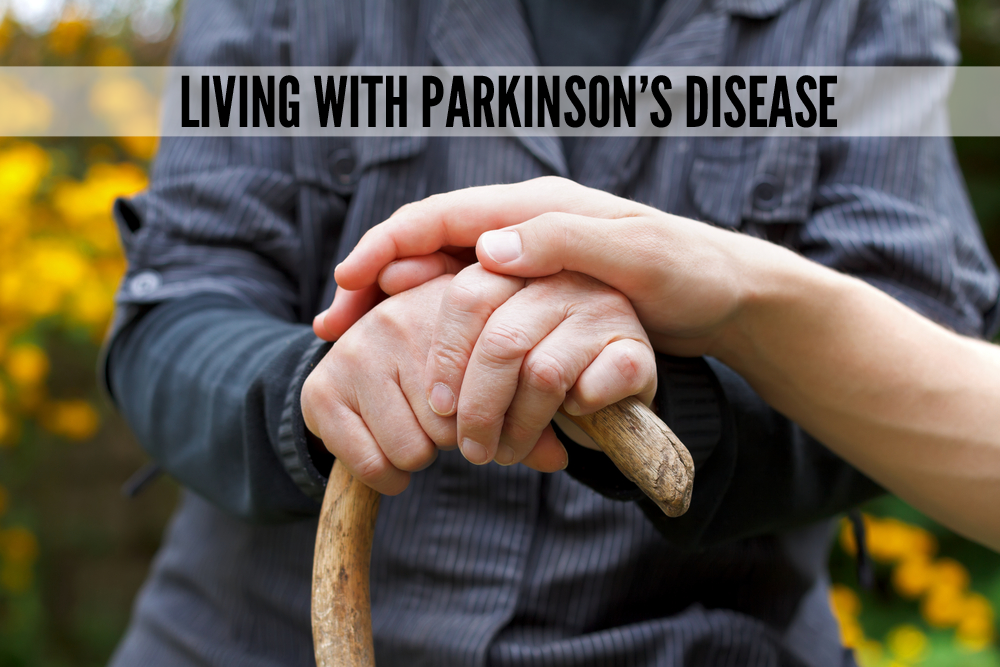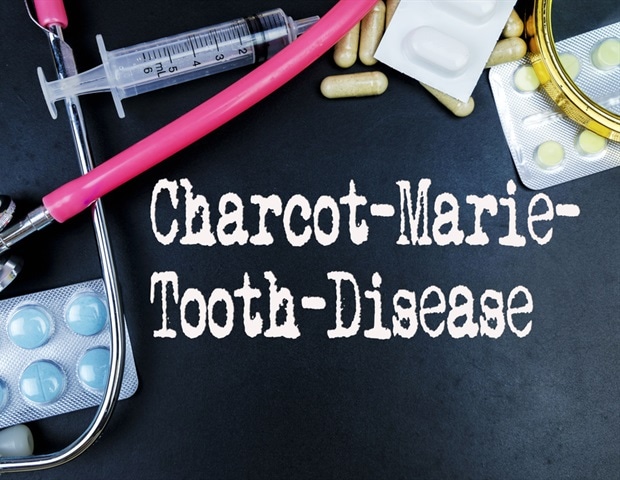Celiac Disease: Causes, Symptoms, and Treatment
 |
| Celiac Disease Causes, Symptoms, and Treatment. Health news // The Healthy |
Understanding the autoimmune disorder caused by gluten and how to manage its symptoms through a gluten-free diet.
R E A D : Eating Habits to Avoid: Top Culprits of High Cholesterol
Celiac disease, also known as gluten-sensitive enteropathy, is an autoimmune disorder that affects the small intestine. It is caused by the ingestion of gluten, a protein found in wheat, barley, and rye. When people with celiac disease consume gluten, their immune system attacks the small intestine, causing inflammation and damage to the lining of the gut. This damage can lead to malabsorption of nutrients and a range of symptoms, from digestive problems to neurological issues.
* Causes
Celiac disease is caused by a combination of genetic and environmental factors. People with a family history of the disease are at higher risk of developing it themselves. It is estimated that about 1 in 100 people worldwide have celiac disease, and the prevalence is higher in people of European descent.
The environmental trigger for celiac disease is gluten, a protein found in wheat, barley, and rye. When gluten is consumed, the immune system produces antibodies that attack the lining of the small intestine. Over time, this immune response damages the villi, small finger-like projections that line the small intestine and help absorb nutrients from food.
* Symptoms
The symptoms of celiac disease can vary widely from person to person. Some people may experience no symptoms at all, while others may have severe symptoms that affect their quality of life. The most common symptoms of celiac disease include:
> Diarrhea
> Abdominal pain
> Bloating and gas
> Fatigue
> Weight loss
> Anemia
> Joint pain
> Skin rash
> Numbness and tingling in the hands and feet
> Headaches
 |
| Gluten Intolerance: Signs, Causes, and Solutions, Health news // Good for you Gluten-Free |
R E A D : Melanoma: Understanding the Symptoms, Causes, and Treatment Options
These symptoms can be similar to those of other digestive disorders, so it is important to get a proper diagnosis from a healthcare professional.
* Diagnosis
Celiac disease can be diagnosed through a combination of blood tests and a biopsy of the small intestine. The blood tests look for antibodies that are produced in response to gluten, while the biopsy can confirm the presence of damage to the small intestine.
It is important to continue consuming gluten-containing foods before the tests, otherwise the results may be inaccurate. If the tests are positive, a gluten-free diet is the only treatment for celiac disease.
* Treatment
The only treatment for celiac disease is a gluten-free diet. This means avoiding all foods that contain wheat, barley, and rye, as well as any products that contain these grains, such as pasta, bread, and beer.
People with celiac disease may also need to avoid foods that have been processed in facilities that also process gluten-containing foods, as there may be cross-contamination. It is important to read food labels carefully and to ask about the preparation of dishes when eating out.
In most cases, a gluten-free diet can help to heal the damage to the small intestine and improve symptoms. However, it can take time for the gut to heal, and some people may need additional support to manage their symptoms.
For example, people with celiac disease may need to take supplements to address any nutrient deficiencies caused by malabsorption. They may also benefit from working with a dietitian to ensure they are getting all the nutrients they need from their diet.
Celiac disease is a chronic autoimmune disorder that affects the small intestine. It is caused by the ingestion of gluten and can lead to a range of symptoms, from digestive issues to neurological problems. The only treatment for celiac disease is a strict gluten-free diet, which can help to heal the gut and improve symptoms over time. People with celiac disease may also need additional support, such as supplements or working with a dietitian, to manage their symptoms and ensure they are getting all the nutrients they need.
R E A D :
- Cancer Facts
- Bye Bye Big Stomach 8 Effective Exercises to Tighten Abdominal Muscles
- Chronic Kidney Disease: Understanding the Causes, Symptoms, and Treatment Options
- Comprehensive Guide to Breast Cancer: Understanding its Causes, Symptoms, Diagnosis,









